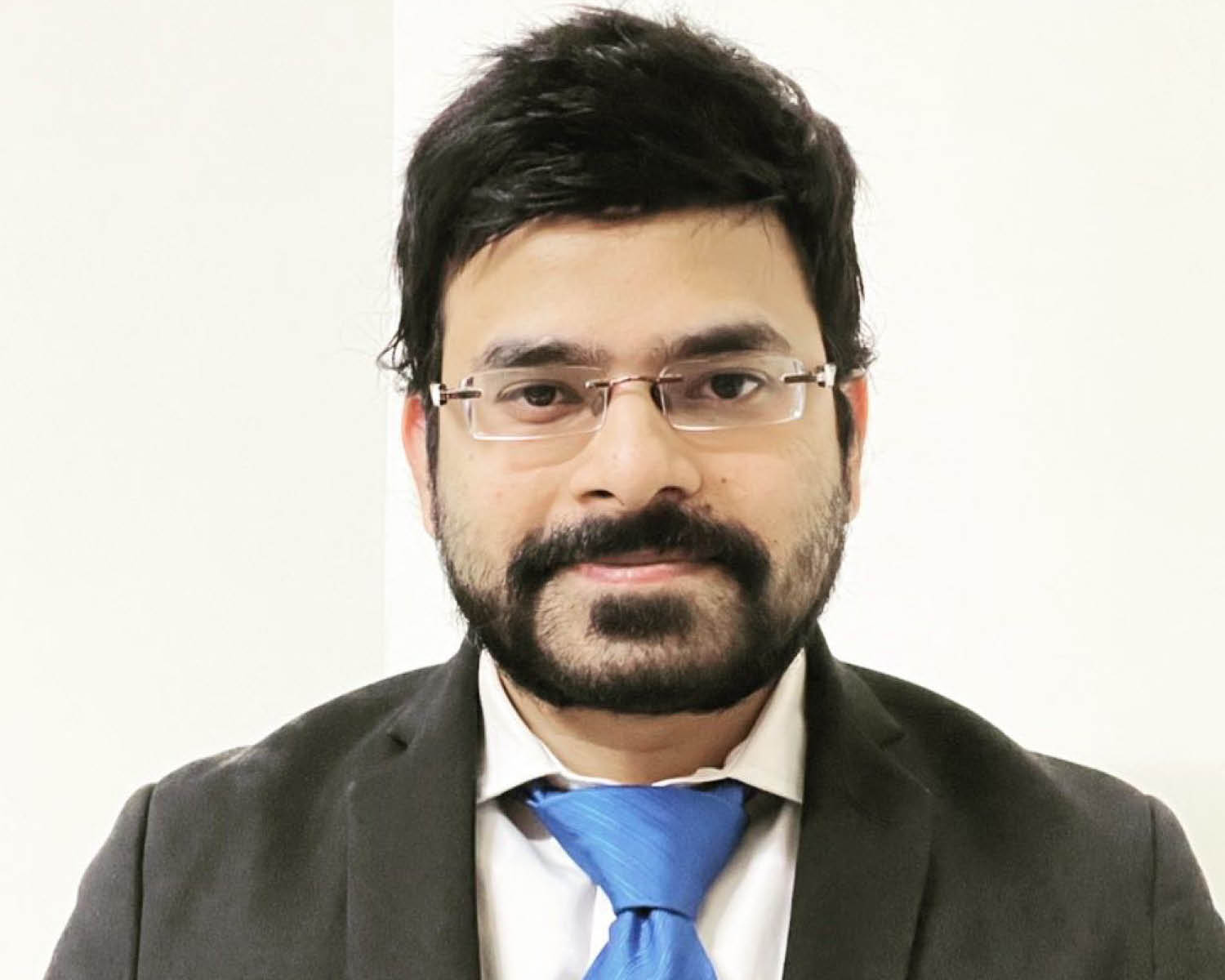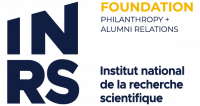Pratik Kumar

Winning this award brings great satisfaction to me. It is one of the most special awards that I have received so far in my career.
Pratik Kumar
Ph.D. Water sciences, 2020
Centre Eau Terre Environnement | Supervisor : Satinder Kaur Brar
What brought you to INRS? What do you take away from your experience?
After I did my master’s in Environmental Engineering and Management (EEM), I wanted to pursue my research work in the field of water treatment. I chose to advance my research in drinking water treatment and started exploring the opportunities for a possible PhD position. I applied to a few intitutions and received positive replies from three global universities including INRS. Among other considerations, two aspects guided my decision. First, the research project idea of emerging contaminants removal in form of cyanotoxin from the surface water sources fascinated me. Second, the fact that INRS ranked second in Canada (back then, and first today) in terms of research intensity and its mission exclusively driven by graduate research and training, making it ideal for my doctoral journey. I take this opportunity to thank my project supervisor, Prof. Satinder Kaur Brar who believed in my PhD project.
To be honest, I took away so much from my experience. This includes better time management, the ability to manage resources and to advance planning, which are required for high quality research work, and the determination to succeed despite failures that eventually produced a better version of myself. From the quality and availability of instrument training, to great research assistance, resources and atmosphere, I could not have asked for a better setting than INRS to pursue my PhD.
Can you describe the issue and the impact of the research presented in your doctoral thesis?
My PhD work was related to the advance biofiltration system for the removal of the most prominent and dangerous cyanotoxin i.e., Microcystin-LR (MC-LR), prevalent in many surface water sources across Canada. The project was a part of the Algal Blooms, Treatment, Risk Assessment, Prediction and Prevention Through Genomics (ATRAPP) project.
The issue was the availability of quality drinking water for over 8 million Canadians who are dependent on the drinking water treatment facilities (DWTFs) fed by the Great Lakes. Over the past few decades, the Great Lakes have been showing a consistent increase in the cyanotoxins level that was observed to be more than the recommended WHO limit of 1 µg/L. Therfore, the idea was to target the filtration unit of the DWTFs and explore a more feasible, economical and sustainable solution for tackling the cyanotoxins (preferably MC-LR). The follow-up issue was particularly challenging in the sense that the sand media (commonly used filter adsorbent in a typical DWTFs) had shown mere 30% efficacy in removing MC-LR. Moreover, the toxicity in the finished water was a growing concern too. To address these two-front challenges, we strategized a five-front counter treatment approach which comprised the modification of the sand material into more hydrophobic surface property, pi-pi bond infusion, enhanced electrostatic interaction, C-O-C planes factor and bioaugmentation to reduce the by-products toxicity in the finished water.
Broadly speaking, the vision was to reform the filtration unit of the DWTFs. In that spirit, a novel adsorbent material (graphitized sand; GS) was synthesized using sustainable and waste carbon source (brewery waste effluent) that was found to be ten times more effective (adsorbent capacity) than the conventional ‘sand’ adsorbent, achieving 98% MC-LR removal. Also, on a household scale, it was found that the GS-based water filter was 29 times technoeconomially more feasible than the sand-based water filters and potent in removing over ten other critical water quality parameters. An automated micromodel of the DWTF was created in the laboratory where the GS-based filter at pilot scale was retrofitted and tested along with the other treatment units (pre-oxidation, coagulation/flocculation, disinfection). This household level GS filter was designed by a computation fluid dynamics software (ANSYS-CFX) and studied according to the guidelines indicated in the Canadian charity and licensed engineering firm named CAWST (Center for Affordable Water and Sanitation).
The impact of the above research targets two sub-sectors of the drinking water treatment, i.e., DWTFs and household level treatment (water filters). The project was also designed to study the MC-LR removal with context to the Canadian environment. The bioaugmentation of native (from Ste-Foy DWTFs, Quebec City, Canada) and novel bacteria as identified in this project (named: Chryseobacterium sp. and Pseudomonas fragi) further benefitted the surface water treatment under low temperature range (7°C – 10°C) and presented a remarkable 30% - 40% reduction in the toxicity of the finished water posed by the MC-LR by-products.
What does winning this award mean to you?
Winning this award brings great satisfaction to me. It is one of the most special awards that I have received so far in my career. I would also like to congratulate my fellow colleagues and friends who graduated along with me. Their research contribution was as important as mine. The work done by everyone needs to be applauded, especially because a part of it has happened during the challenging times of COVID-19.
What’s the next chapter for you now that you graduate?
I have been offered an Assistant Professor position at the Indian Institute of Technology, Jammu in India and I am eagerly looking forward to starting my new journey. My vision/goal is to selflessly contribute to the water treatment sector by disseminating quality knowledge to young water professionals and my dream is to provide significant contribution in the field of “Water Digitalization.”
